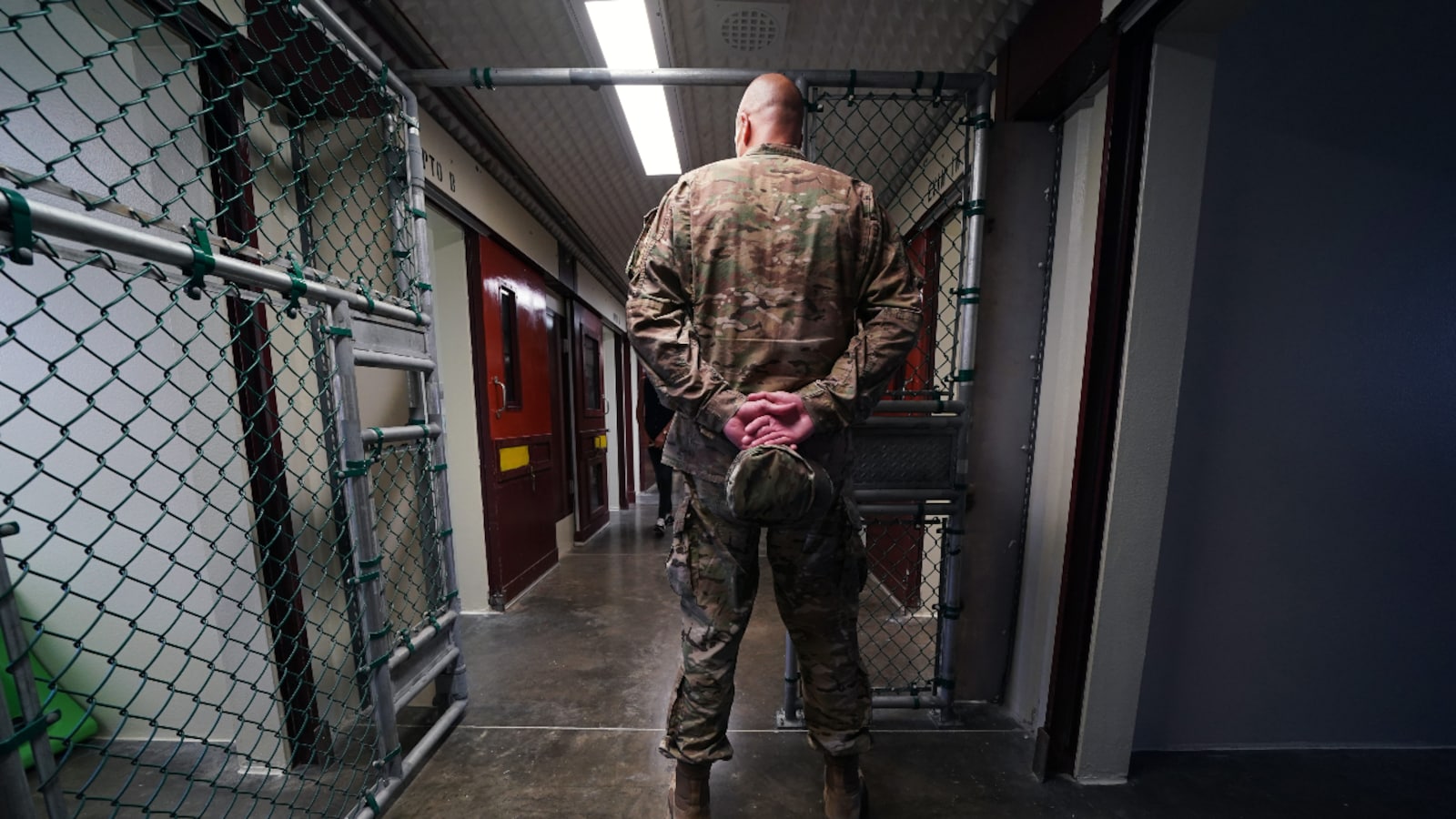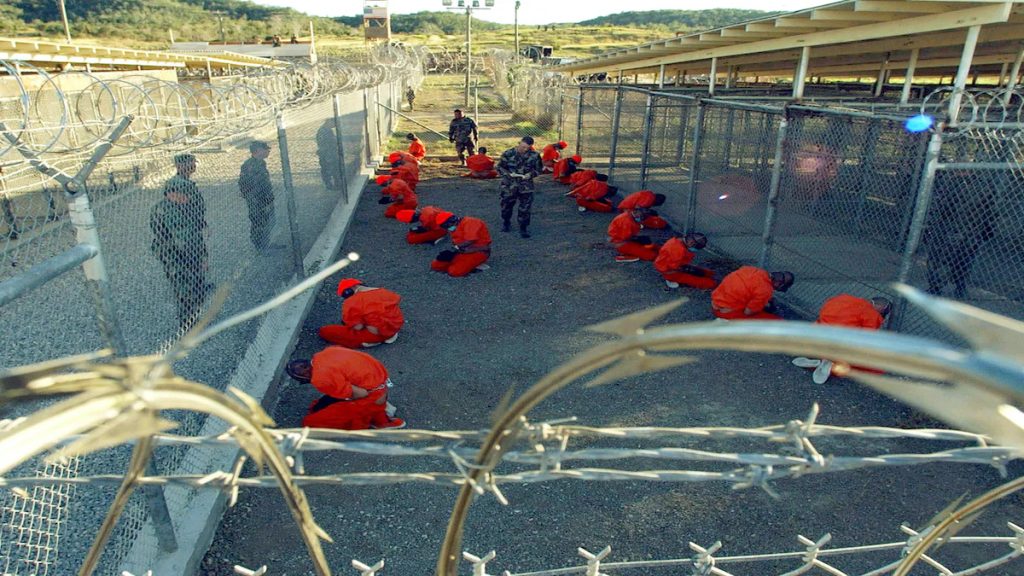Since 9/11, the US has been a fervent warrior against terrorism, especially against fundamentalist groups like Al-Qaeda and the Taliban. George W. Bush heralded the global war on terror. Hence in October 2001, Afghanistan was invaded to hunt down the terrorist groups hiding in the region. The US also enlisted local help with bounties and rewards for capturing or reporting terrorist targets or individuals connected with the terrorist groups.
Therefore this led to Afghans and Pakistanis turning over many individuals and reporting them as terrorists with little to no evidence. Temporarily, the US had set up many sites in Romania, Poland, Lithuania, and Thailand called Bald sites for imprisoning them. Eventually, the US decided to create a jail for thee prosecuted individuals, and in January 2002, detainees started getting piled up in Guantánamo Bay, Cuba, which is open to this day.

Few of the detainees were charged with an actual crime, but everyone was tortured with no fair trial to be received of them. Dan Fried worked for the US foreign service for 40 years. He was assigned to Guantánamo Bay in 2009 and addressed the detainees by saying, “The conclusion I had is that there was kind of a bell curve. At one low end, there were hardened terrorists. There were others that were sometimes petty criminals and drug dealers. Not great people, but not criminal masterminds, not terrorists. And the top of the bell curve were people just a little more involved than what I just described. At the other end were people who were swept up and shouldn’t have been there.”
One detainee group was Uighur men who were ethnically Muslim and fleeing from being prosecuted in China. These people colluded with terrorism in the media during the Bush administration. By 2003 there were about 700 prisoners in prison, and none were charged with a crime.

According to the U.S. court, a simple reason why laws were used to do justice to the men was simply that this part of Cuba was owned by the U.S. and hence is out of the American court’s jurisdiction. “In other words, under U.S. law, prisoners would have ways to get out. For bad reasons, they didn’t trust the criminal justice system. It gives too many rights to the prisoners. There was a sense that the old rules had to be thrown out,” said Dan Fried about the justice in prison. A release window which opened was a transfer mainly to Afghanistan. The only form of a court run entirely by the U.S. military was complex, complicated and convoluted, with most rules favouring the court and the U.S. government. The Bush administration hence was able to move 537 of the prosecuted out of prison.
The Obama administration attempted to close down the prison for good by making a system involving transfers of detainees and releasing them. However, Republican senates fought back hard against this bill, with eventually both Democrats and Republicans not letting the prison end, especially when the transfers involved some being taken in the U.S. This halted the Obama administration’s efforts.
The court system was slow and ineffective, with three convictions being overturned by 2016 and 5 Yemenis men being non-transferable due to wars in Yemen ever since 2011 led Dan there diplomatically let other countries take them, which proved difficult according to him as the narrative had to be shifted from hardcore terrorists to men caught in political misfire.
Over Obama’s entire reign, 197 detainees were transferred, five were convicted from military courts, with four deaths in prison and three from suicide.
This narrative, ever since then, has been shifting back and forth with Trump in support of keeping the prison open with only 41 detainees and Biden, by January 2022, releasing four more detainees out.

